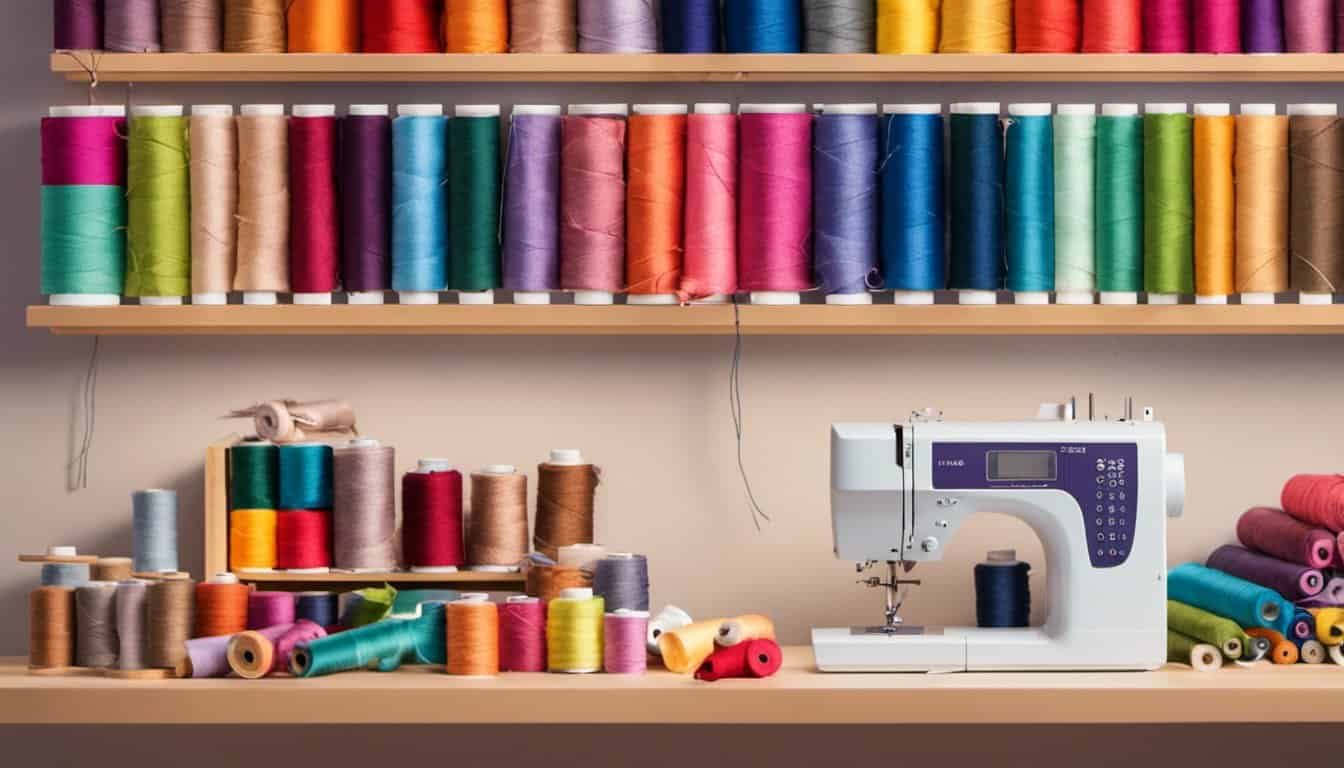Do you want to give your sewing projects a unique twist? Using recycled materials is a fantastic way to unleash your creativity while being eco-friendly. Imagine turning old jeans into stylish bags or transforming fabric scraps into vibrant quilts.
Benefits Of Sewing With Recycled Materials
Sewing with recycled materials offers you several advantages, combining creativity with environmental responsibility.
Environmental Impact
Using recycled fabrics reduces waste, minimizes landfill contributions, and lowers the demand for new textile production. According to the Environmental Protection Agency (EPA), textile recycling conserves water and energy resources.
| Impact | Benefit |
|---|---|
| Waste Reduction | Decreases landfill usage by repurposing textiles |
| Resource Conservation | Saves water and energy by reusing fabrics |
| Lower Emissions | Reduces greenhouse gases from manufacturing |
Cost-Effectiveness
Repurposing materials cuts down on purchasing new fabrics, leading to budget-friendly projects. By utilizing what you already have, you save money while creating unique items.
Creativity and Uniqueness
Recycled materials provide you with diverse textures and patterns, inspiring innovative designs. Each piece holds a story, ensuring your creations stand out with distinct character.
Skill Enhancement
Working with varied materials sharpens your sewing skills, teaching adaptability and problem-solving. Handling different fabrics improves your ability to manage complexity in projects.
Community and Sustainability
Supporting recycling initiatives fosters community engagement and sustainable practices. By choosing recycled materials, you contribute to a circular economy, promoting long-term environmental health.
Common Recycled Materials Used
Using recycled materials in your sewing projects not only promotes sustainability but also adds unique character to your creations.
Fabric Scraps
Fabric scraps come from leftover pieces of larger projects or commercial fabric production. You can transform these scraps into:
- Patchwork quilts with diverse patterns
- Colorful cushion covers using assorted textures
- Decorative appliqués for embellishing garments
Old Garments
Repurposing old clothes gives them a new life and reduces waste. Common projects include:
- Turning worn-out jeans into sturdy tote bags
- Converting old t-shirts into comfortable quilts
- Remodeling outdated dresses into trendy skirts
Household Items
- Using pillow stuffing to create plush toys
- Transforming plastic bottle caps into decorative patches
- Repurposing old curtains into stylish table runners
Inspiring Sewing Project Ideas
Explore these creative sewing projects using recycled materials, allowing you to craft unique and eco-friendly items.
Accessories
- Create tote bags from your old jeans, perfect for daily use or shopping.
- Design buckle bracelets using your leftover belt straps, adding a stylish touch.
- Combine your fabric scraps to make colorful scarves.
Home Decor
- Sew patchwork cushions from your assorted fabric remnants, enhancing your living space.
- Repurpose your old curtains into elegant table runners for special occasions.
- Transform your unused fabric into decorative appliqués for walls or furniture.
Apparel
- Revamp your denim jackets with embroidery or patches, giving them a personalized look.
- Convert your outdated dresses into trendy skirts, breathing new life into your wardrobe.
- Incorporate your recycled materials into unique fiber art designs, enhancing your clothing projects.
Tips For Working With Recycled Materials
Maximize your creativity and sustainability by following these essential tips when working with recycled materials.
Sourcing Materials
- Thrift Stores: Explore local thrift shops for a variety of fabrics and garments.
- Home Closets: Repurpose old clothes and textiles from your wardrobe.
- Online Marketplaces: Utilize platforms like eBay or Facebook Marketplace for unique finds.
- Community Swaps: Participate in fabric or clothing swaps within your community.
- Household Items: Collect unused items such as curtains, pillowcases, and bedding.
- Recycling Centers: Visit recycling facilities for discarded textiles and materials.
Preparing Materials For Sewing
- Clean Fabrics: Wash all materials to remove dirt and prevent shrinkage.
- Inspect Quality: Check for tears, stains, or damage and repair if necessary.
- Sort by Type: Group materials by fabric type, weight, and color for easy access.
- Cut to Size: Trim excess fabric to match project dimensions precisely.
- Iron Fabrics: Press materials to eliminate wrinkles and ensure smooth sewing.
- Organize Supplies: Arrange your sorted materials and tools for efficient workflow.
Overcoming Common Challenges
Sewing with recycled materials can present several challenges, but you can overcome them with practical solutions.
Material Variability
Recycled fabrics differ in texture, thickness, and quality. Standardize your materials by washing and ironing them to ensure consistency. Test fabric combinations on small samples to check compatibility before starting your project.

Pattern and Color Matching
Matching patterns and colors from assorted materials requires careful planning. Create a color palette beforehand to ensure a cohesive look. Mix patterns thoughtfully, balancing bold and subtle designs to enhance your creation.
Cleaning and Preparing Materials
Recycled materials may carry residues or stains. Thoroughly wash all fabrics to eliminate dirt and chemicals. Inspect each piece for damage, repairing or discarding as necessary to maintain project quality.
Limited Pattern Options
Finding suitable patterns for recycled fabrics can be restrictive. Adapt existing patterns by modifying them to fit the available materials. Design your own patterns to better utilize the unique features of recycled fabrics.
Durability and Finishing
Ensuring durability with varied materials requires attention to detail. Reinforce seams using strong stitching techniques to enhance longevity. Choose appropriate finishes to achieve a professional and lasting appearance.
Storage and Organization
Organizing recycled materials efficiently reduces frustration. Sort fabrics by type and color to streamline your workflow. Label storage containers clearly, making it easier to locate the materials needed for each project.
« 10 Genius Hacks for Solving Presser Foot Pressure Problems Every Sewist Needs
10 Secrets on How to Press Wool Fabric Without Damage – Number 7 Will Surprise You »
By addressing these common challenges, you can successfully create beautiful and sustainable sewing projects with recycled materials.
Conclusion
Starting with recycled materials opens up a world of creative possibilities for your sewing projects. You’ll find joy in transforming old fabrics into something fresh and unique, all while helping the environment.
As you experiment you’ll develop your skills and create pieces that reflect your personal style. Working with recycled materials also connects you to a community of like-minded makers who value sustainability.
So gather those unused fabrics and let your imagination take the lead. Your eco-friendly creations can make a big impact and bring a sense of accomplishment to your sewing journey.















